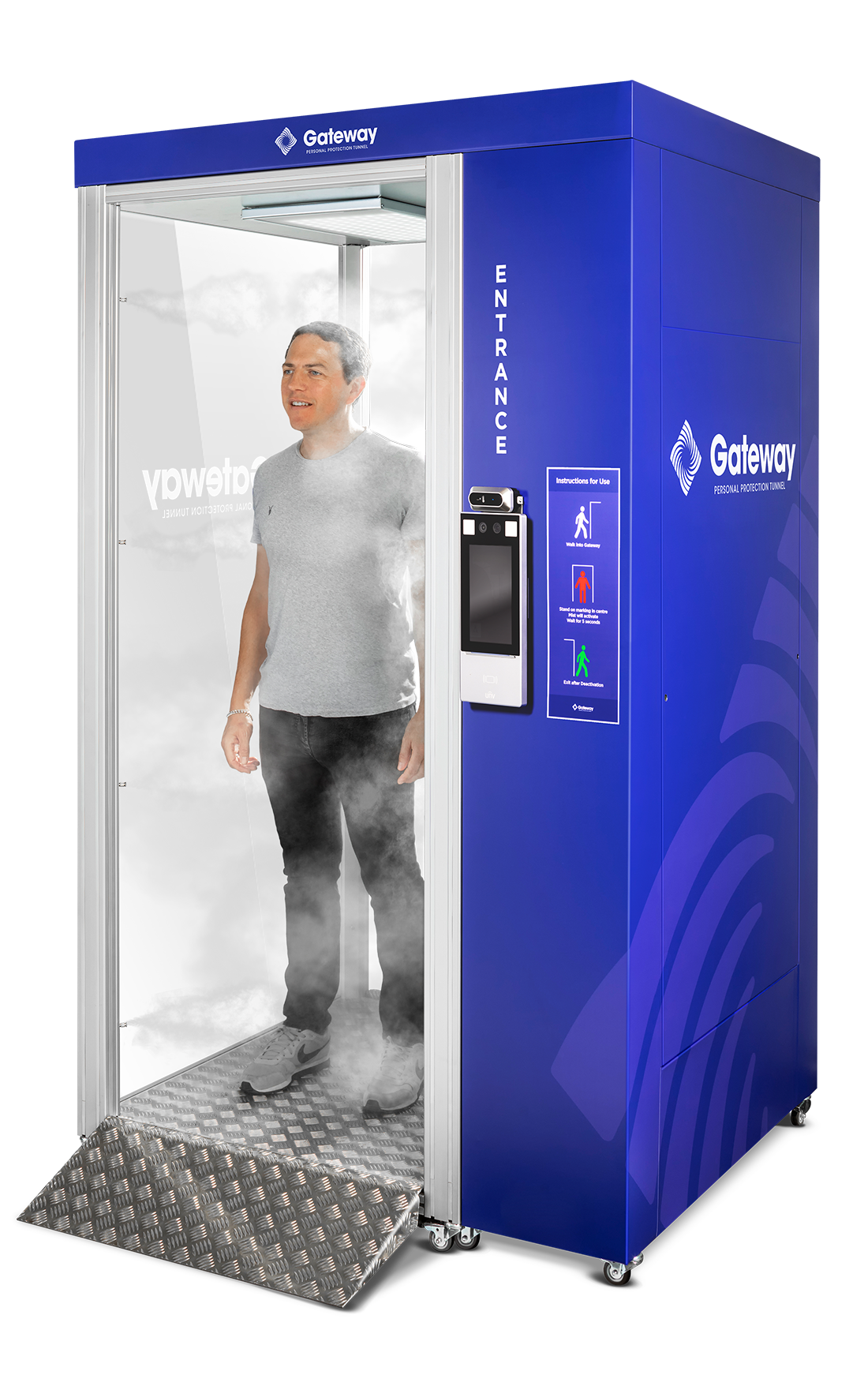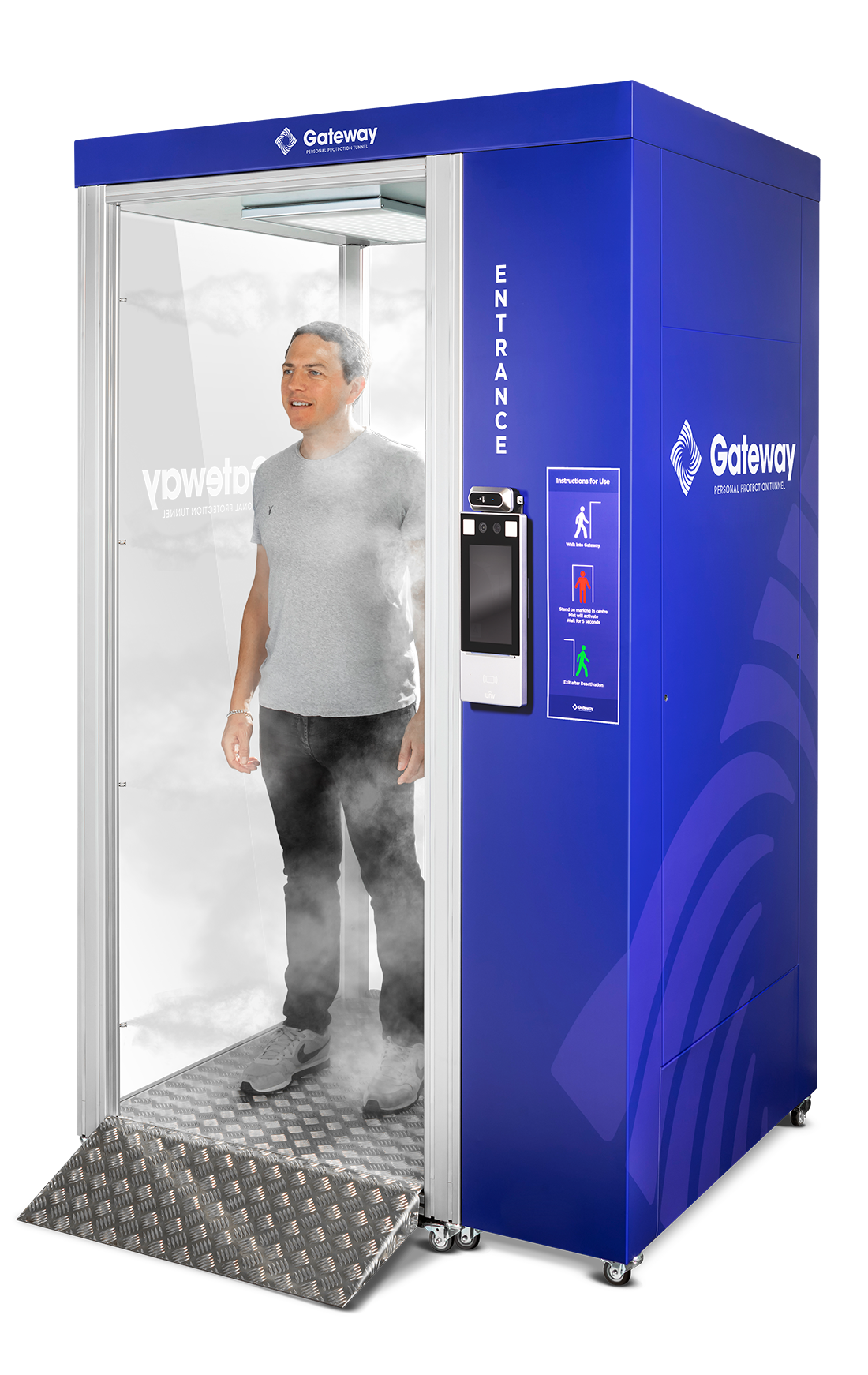Modelling research suggests an 80% increase in exposure to coronavirus droplets in busy offices
Blog by Christian Pearce, co-founder Conditioned Environment
 Every day we’re learning something new about how COVID-19 is transmitted. I was intrigued by the new research cited in this article in Wired about how stagnant air in your office could be riddled with coronavirus. The research, by engineering, design and consultancy firm Arup, raises more concerns. Arup modelled the motion of air among crowds to demonstrate how aerosols – droplets less than five microns in diameter – move through a typical office. They found an 80% increase in people exposed to aerosols exhaled in busy offices.
Every day we’re learning something new about how COVID-19 is transmitted. I was intrigued by the new research cited in this article in Wired about how stagnant air in your office could be riddled with coronavirus. The research, by engineering, design and consultancy firm Arup, raises more concerns. Arup modelled the motion of air among crowds to demonstrate how aerosols – droplets less than five microns in diameter – move through a typical office. They found an 80% increase in people exposed to aerosols exhaled in busy offices.
Back in July, I wrote about the potential of airborne transmission of COVID-19 and what it means for indoor spaces. This is obviously of interest to me because we do so much work in offices and other public indoor environments. Following a letter from 239 scientists, The World Health Organisation acknowledged that ‘airborne transmission cannot be ruled out’. Since then, the CDC has updated its guidance and the BMJ takes a stronger stance, stating that urgent research is needed to better understand airborne transmission:
‘Inhalational risk may be reduced by social distancing, limiting interaction indoors, avoiding air recirculation, improved natural and artificial ventilation, and innovative engineering solutions which collect and neutralise aerosols to provide clean air in personal and community spaces. The infection risk associated with deep breathing, talking, and singing indoors is underappreciated and urgently needs attention.’
Offices need immediate attention to minimise the risk of COVID-19 transmission, simply because of the time people spend in the same space – often around eight hours a day. Good ventilation is key, but many existing systems are designed to maintain CO2 levels, regulate temperatures and remove smells – but don’t disinfect the air. However, air purification units with UVC-integrated technology can effectively deactivate microorganisms.
We’ve used our expertise in our 4,000 sq ft office in London’s West End to clean the air we all breathe by installing air purification units – designed and manufactured in the UK – that change our air five times every hour. Air purification units are also proven to prevent cognitive loss. I believe it’s vital that we continue to play a pivotal role in providing critical services and use our understanding of building infrastructure and mechanical services to help prevent the spread of the coronavirus.
Air purification units improve air quality in a building by deactivating 99.97% of viruses, including COVID-19. They also remove pollution, pollen, bacteria, fungus and airborne ceiling and carpet particles. If you have any questions and would like to find out more, please get in touch with me at or visit https://air.conditioned-environment.co.uk/airpurification/




